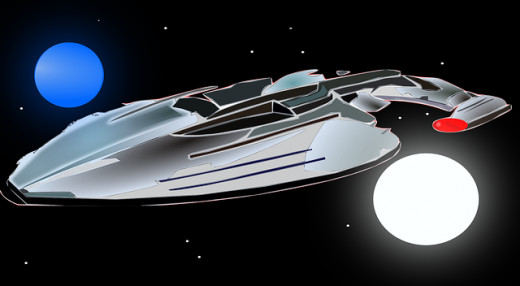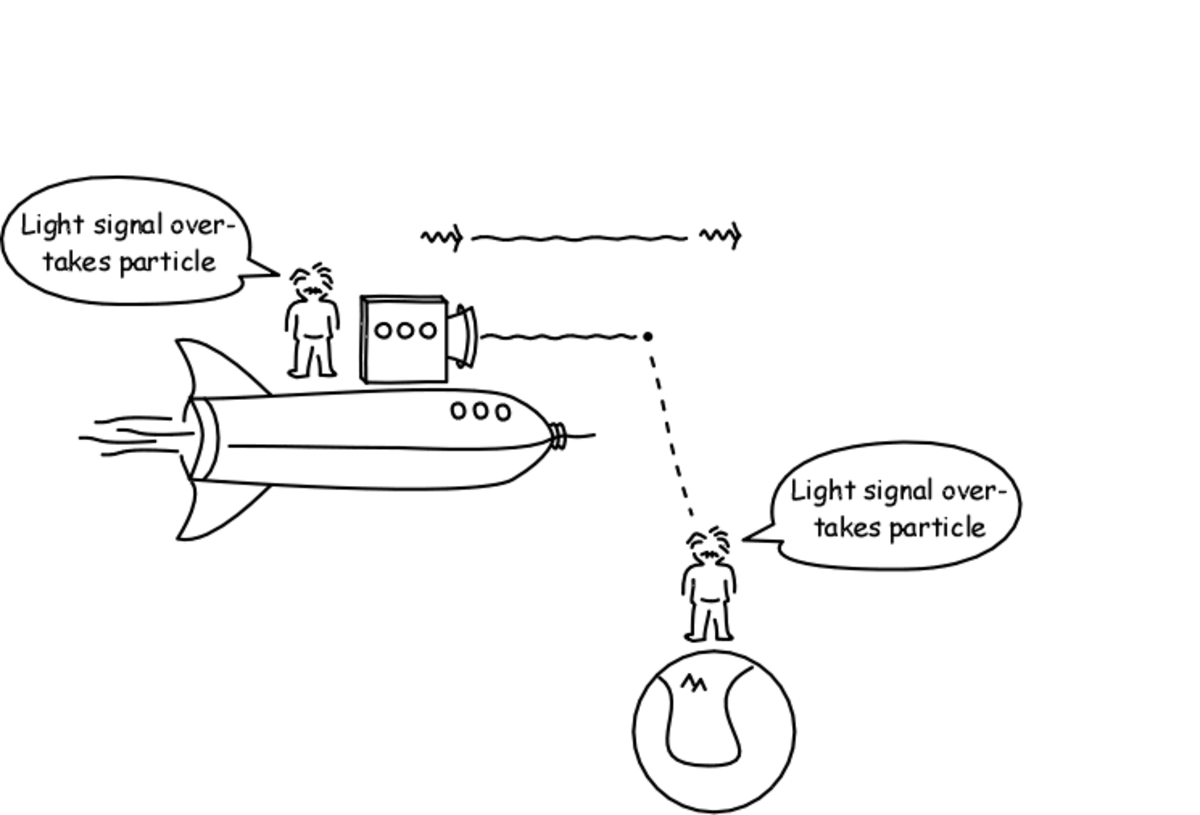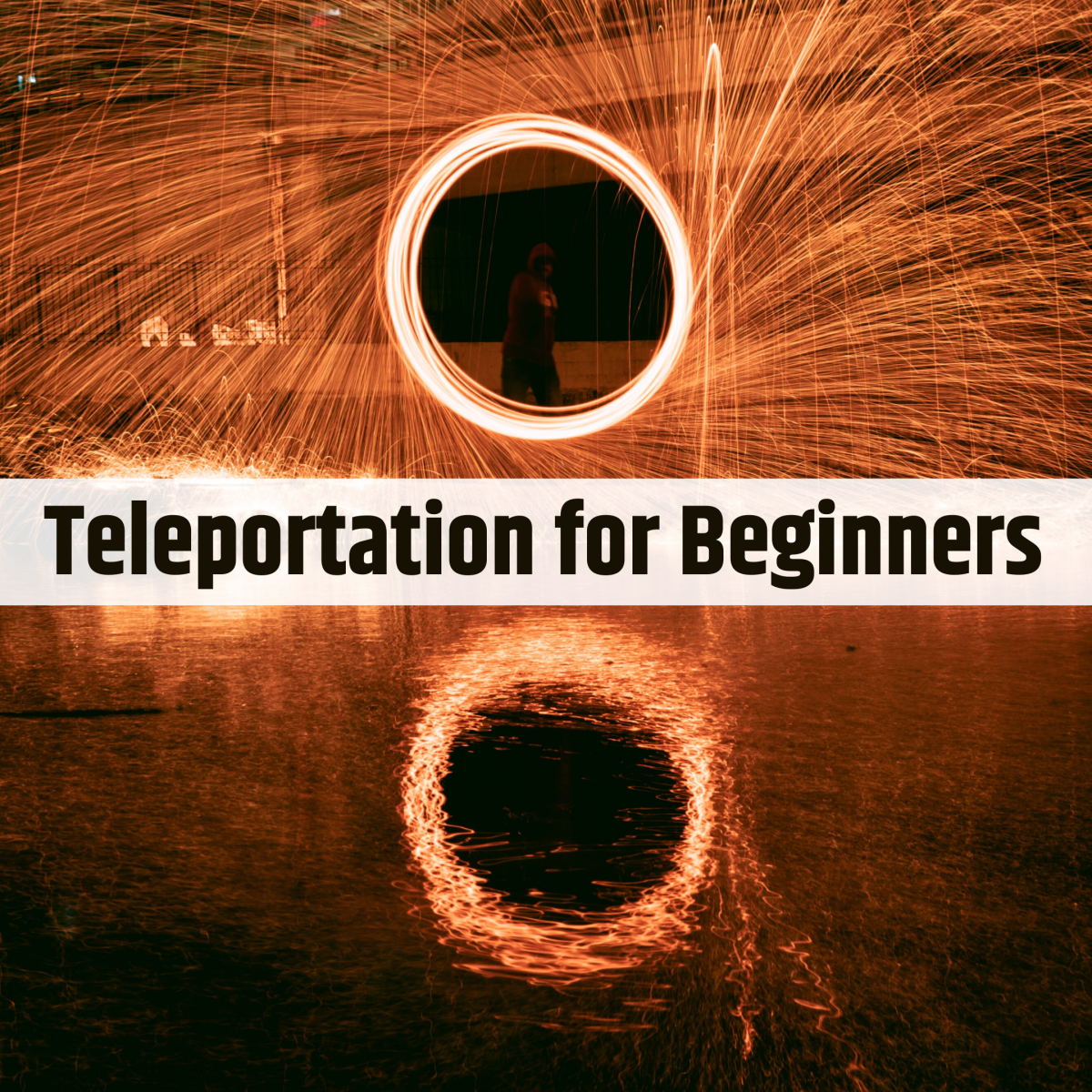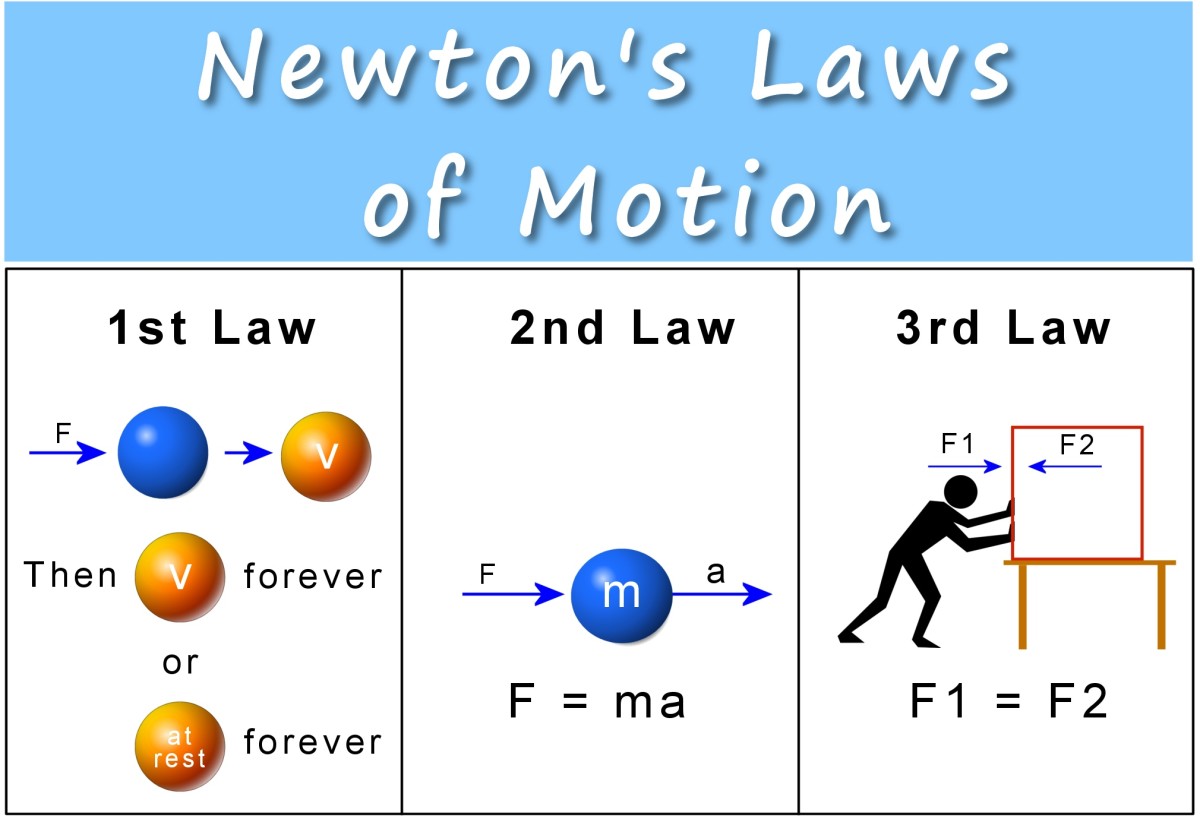The Speed of Light for Dummies Like Me
The unimaginably vast scale of the universe
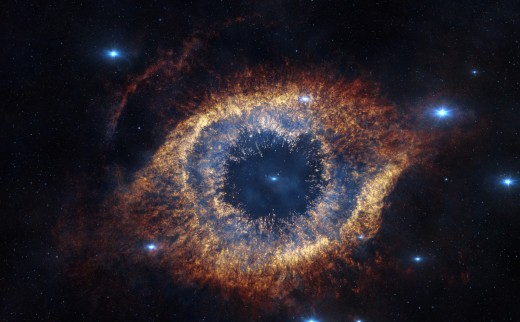
It's all about frames of reference
Young Einstein hit the nail on the head when he realized that something was amiss with Newton's physics by realizing that, if the speed of light was truly constant regardless of who was observing it, then everything else would have to change. Suddenly, Euclid's geometry depended on the observer's frame of reference. If you were moving close to the speed of light, a square would look different from your point of view than it looked from the point of view of a person on the ground, and this was no illusion; it was the nature of reality.
Constant speed, no matter what
As a young kid growing up in Germany (and then, later, in Italy), Albert Einstein began thinking deeply about the speed of light. The Michelson-Morley experiment in 1887 had shown that light's speed was a steady 299,792,458 meters per second. Although they didn't have it pegged down with that much precision, they knew that the speed was exactly the same regardless of the frame of reference.
Put another way, an imaginary flashlight shot out from a moving spaceship would go the exact same speed if it was shot out from the "stationary" planet earth. This notion is well worth spending some time thinking about, and one of the best times for deep meditation on subjects like this is right as you're about to drift off to sleep -- or, better, when you simply can't sleep.
Understanding, not memorization
Before we go too much further, it's important to note that this is a continuation in a theme for me. If thinking about the scale of the universe doesn't do the trick for you, hopefully putting our big toe into the relativity pool will. The idea behind these thought experiments (the concept was made famous by Einstein, but these are my mortal brain's own attempts at understanding the same concepts independently) is to really help you grasp the underlying concepts behind "big ideas" of physics, not to do some kind of treacherous math or memorize statistics. This is about understanding, pure and simple.
The flashlight, a fun thought tool

The flashlight
I like to begin this one by imagining that I am on a spaceship that is capable of moving at 99.999% the speed of light (I'd say 100%, but that isn't possible- anything with mass simply can't move at 100% of the speed of light; there simply isn't a speed that is faster than light speed, or the aforementioned 299,792,458 meters per second.
Just how fast is that, by the way? Well, 299,792,458 meters per second works out to 186,000 miles per second, or just about 2/3 the distance from the earth to the moon. When you take a look outside of your window at night at the moon and imagine a beam of light shooting out from earth, you can sort of get a sense of how fast that is if you can imagine how far away the moon is (again, take a look at my scale of the universe conceptual hub for some help with this).
Anyway, you're on this spaceship that is traveling pretty slowly- let's say almost a dead stop, like 1000 miles per hour or something. You turn the flashlight on, and you measure how fast the light travels. Well, to you, it looks like it's traveling at exactly the speed of light, not the speed of light plus 1000 mph, because that's as fast as anything can go, from anyone's reference point. If you look at that flashlight from the ground on planet Xagnar (from whence the magical spacecraft took off), you'll note that the flashlight comes away from the spacecraft at exactly the speed of light, of course. And why wouldn't it?
Einstein, the visionary who helps me sleep at night
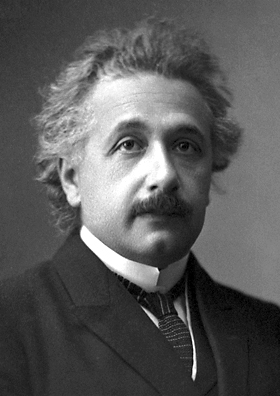
Now, here's where it gets weird
Let's say you blast off from Xagnar at 99.999% the speed of light (remember, nothing with mass can travel at the speed of light, which is probably the subject of one of my next "Thought Experiment" articles). Your buddy, Zog, is on the ground on Xagnar watching you take off, and he can magically see your spacecraft and the flashlight's beam, no matter how far away you are or how fast you're going (and so can you).
You make it up to 99.999% the speed of light- that's so absurdly fast that it would take you about a hundredth of a second to reach LA from New York - and you point your flashlight out straight in front of your spaceship. What do you see? Well, your flashlight blasts out, from you point of view, at exactly the speed of light. Your spacecraft is really, really shredding through space at almost unimaginably fast speeds, but when you turn on the flashlight and point it forward, it leaps out in front of your ship just as though your ship was standing still, our pacing your spaceship at 186,000 miles per second.
But wait, you say. That means that the light is moving at 99.999% the speed of light plus the speed of light, or about 186,000 miles per second times 2! What gives?
Well, let's consider what your buddy Zog sees back on the rocky crust of Xagnar. Zog sees your super-awesome spaceship roaring along at 99.999% the speed of light, or 185,998.14 miles per hour (when I'm trying to sleep, I do NOT try to do precise math like that- the ballpark is good enough!). Let's assume, for simplicity's sake, that your spaceship is moving perpendicular to the planet Zog is on. When you turn on the flashlight, what does stationary old Zog see? Remember, the Michelson-Morely experiment proved that light speed is constant, regardless of the observer's frame of reference.
Zog sees your flashlight roaring along in front of your spacecraft at just a hair faster than your spacecraft! He sees the light coming out ahead of your spacecraft at the speed of light.
How can this be possible?!?
Insomnia
Do you think about physics when trying to sleep?
Time, not all it's cracked up to be
In this case, the answer is actually really simple, but incredibly non-intuitive. When you turn that flashlight on and you see it blasting out at the speed of light, you are not seeing something that is an illusion, nor is Zog seeing an illusion when he sees the light just creeping in front of your spacecraft at 0.001% of the speed of light. Instead, you're both right. So what gives?
It turns out, friends and neighbors, that time is what gives. Speed is a measure of distance divided by time, whether it's miles per hour, or meters per second. It turns out that speed is the one thing that is constant, not time. Specifically, the speed of light is constant. This was the revelation Einstein had that let him know Newtonian mechanics and Euclid's geometry were both incomplete, and needed more precise information added to them.
At the pace and scale of the way we observe things on earth, we don't really notice this phenomenon, but if we were capable of traveling very close to the speed of light, we'd sure notice the discrepancy then! Instead, our ancestors evolved in an environment where we don't move around at anywhere near the speed of light, and we don't need to take relativity into account. Newton's physics more than does the job for us when we're trying to avoid falling from our tree (as our arboreal ancestors must have struggled on a daily basis), or when we're trying to flee from a charging tiger, or when we're trying to hit a boar with a spear. And Newton's mechanics were sufficient to carry us through the industrial revolution, too. It wasn't until the late 19th and early 20th century that relativity became something we thought about consistently, and it was even later still that we began to see day to day practical uses for this (more complete) description of the universe.
GPS is a great example. Without factoring in relativity, it simply wouldn't work. Satellites in space roar around at a significant fraction of the speed of light (albeit a small fraction of a percent, but it's measurable from such a distance as space), and geosynchronous orbit means they move around the earth at the same rate that the earth rotates, so the triangulation of satellites allows us to pinpoint where we are within a meter or two (pretty impressive, when you think about it).
Einstein himself
Implications and insomnia
Keep in mind that this is just a cursory look at relativity, and there are many other implications and considerations worth thinking about. If you're having trouble sleeping, think about what else might be concluded once you realize that the speed of light is constant, no matter what. A photon never, ever moves at any other speed than C (light speed) in a vacuum. Why is that? What does that say about our universe? Put your noggin to the test when you're trying to sleep, and you may come up with some wonderful observations and conclusions the same way Einstein and other great thinkers did! Worst case, you might just fall asleep sooner, which may have been the point all along.
